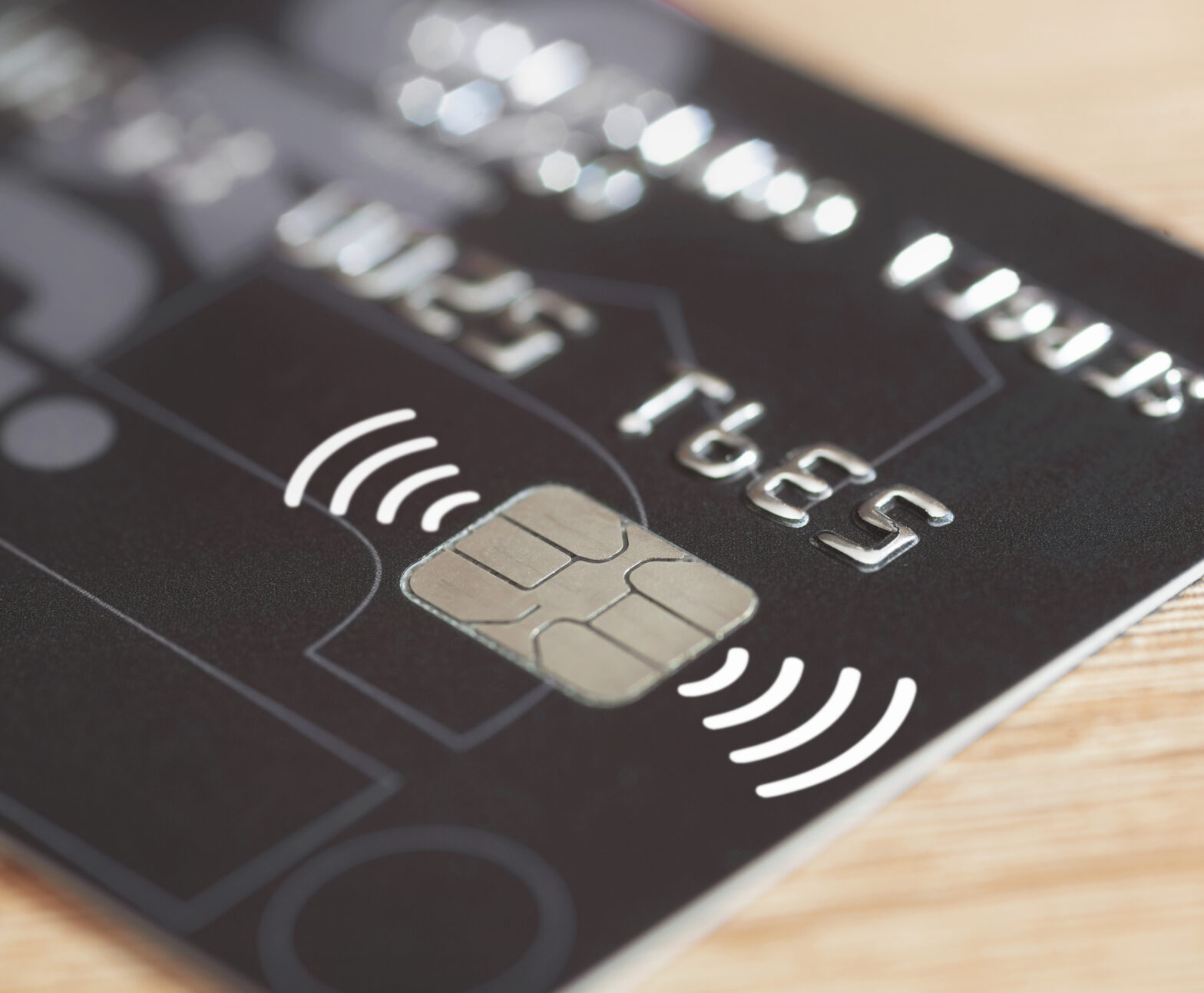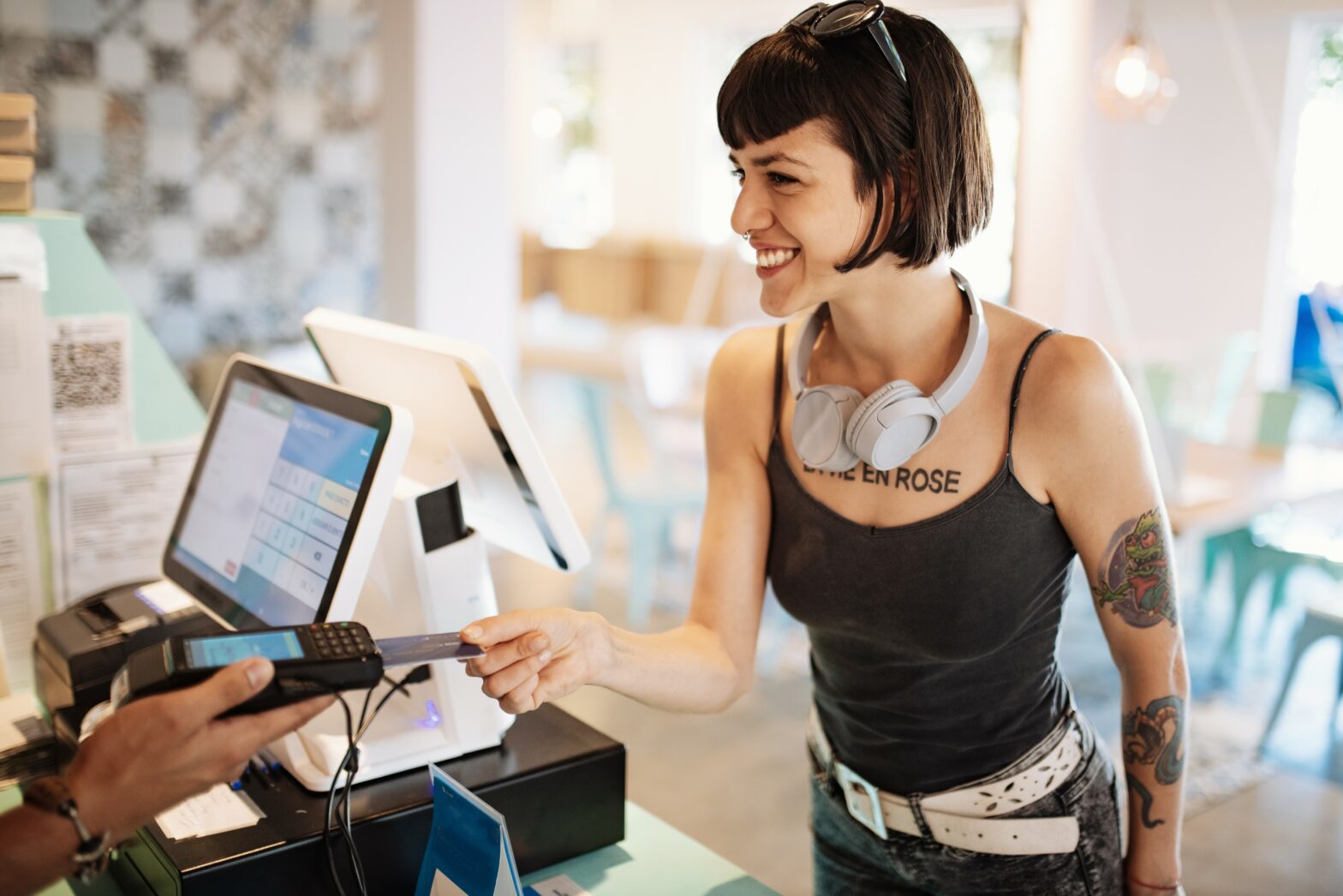Shoppers in the UK spent more than £2 billion on contactless cards on the day that has come to signify the kick-off of the Christmas retail season, with nearly half of that spend occurring online, according to research from Visa.
This total is up 13 per cent compared to Black Friday 2015. Whether online or in-store, buying gifts or enjoying Christmas revelry, shoppers are foregoing cash, opting for the speed and convenience of contactless cards and new payment methods.
Uptake of contactless
Contactless uptake across Europe has grown from 36 per cent in 2015 to 52 per cent in 2016, according to Visa’s 2016 Digital Payments Study. This trend is not solely reserved for younger, more tech-savvy consumers. Contactless uptake has increased across all age demographics, the greatest increase within the 55-64 age bracket, which has witnessed 64 per cent growth since 2015.
Contactless driving new ways to pay
Moreover, the adoption of contactless cards is having a tangible impact on other payment methods. Europe-wide, contactless card users are more open to using a mobile device as a payment method in a shop (52 per cent contactless card user vs 32 per cent non-contactless card user), to shop via a retailer app (49 per cent vs 31 per cent) and to pay for a meal (50 per cent vs 30 per cent).
See also: Five tips to get started taking card payments
As well as reaping the benefits of contactless payments, consumers are also recognising the benefits of other new payment methods. In 2016, 44 per cent of the people Visa surveyed across Europe report using mobile payment apps, up from 38 per cent last year. Nearly half (46 per cent) agree that having the option of paying using their mobile or wearable device has made it easier to buy the items they need.
This added convenience is also fuelling an uptake in digital wallet usage across a variety of purchasing channels. European consumers are interested in using digital wallets to make purchases face-to-face (37 per cent), through apps (51 per cent), as well as online (56 per cent). Consumers agreed that greater convenience (61 per cent) and the ability to pay anytime, anywhere (59 per cent), were the primary benefits.
Shoppers merging in-store and online
Visa’s Digital Payments study also reveals that shoppers are using a combination of online and physical channels when making purchases, particularly for more expensive items. Seven in ten European consumers are “show-roomers” who view an item in-store before purchasing online, while nearly as many, 66 per cent, “web-room”, meaning they look for the best price online, before purchasing the item in that retailer’s shop.
Despite the rise on online Christmas sales, bricks and mortar continue to be an integral part of shoppers’ behaviour. 60 per cent of consumers still enjoy the experience of interacting with staff and seeing the potential gift in person.
Kevin Jenkins, UK & Ireland managing director at Visa thinks that, with more than £2 billion being spent on Visa cards in the UK on Black Friday, we continue to see an increase in the shift from cash to cards when people do their Christmas shopping.
Jenkins adds, ‘This is driven by British consumers’ increased familiarity with contactless cards and other new digital payment services. Consumers are now armed with a variety of new ways to pay – such as wearables and a range of digital wallet options on their mobile devices. These options provide consumers shopping in store with a number of fast, easy and secure ways to buy.
‘This Christmas will see a host of different methods used to pay for the gifts under the tree, celebratory drinks with friends, and even the Christmas turkey.’








